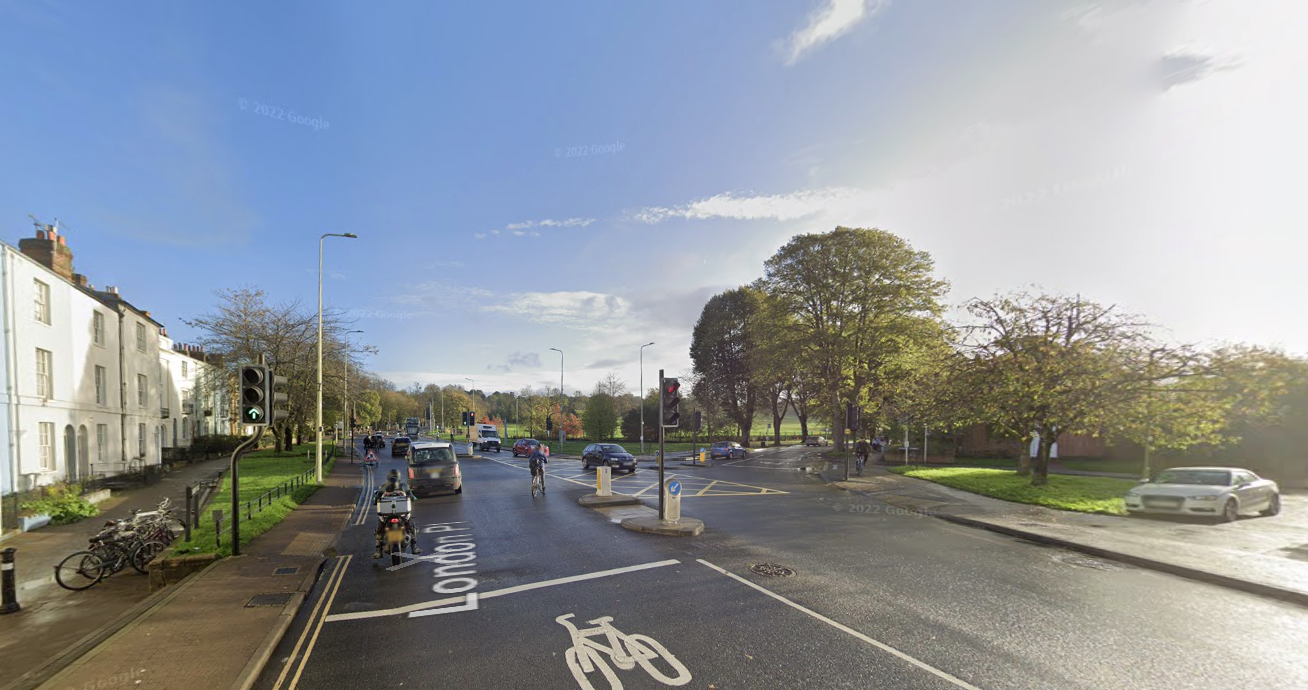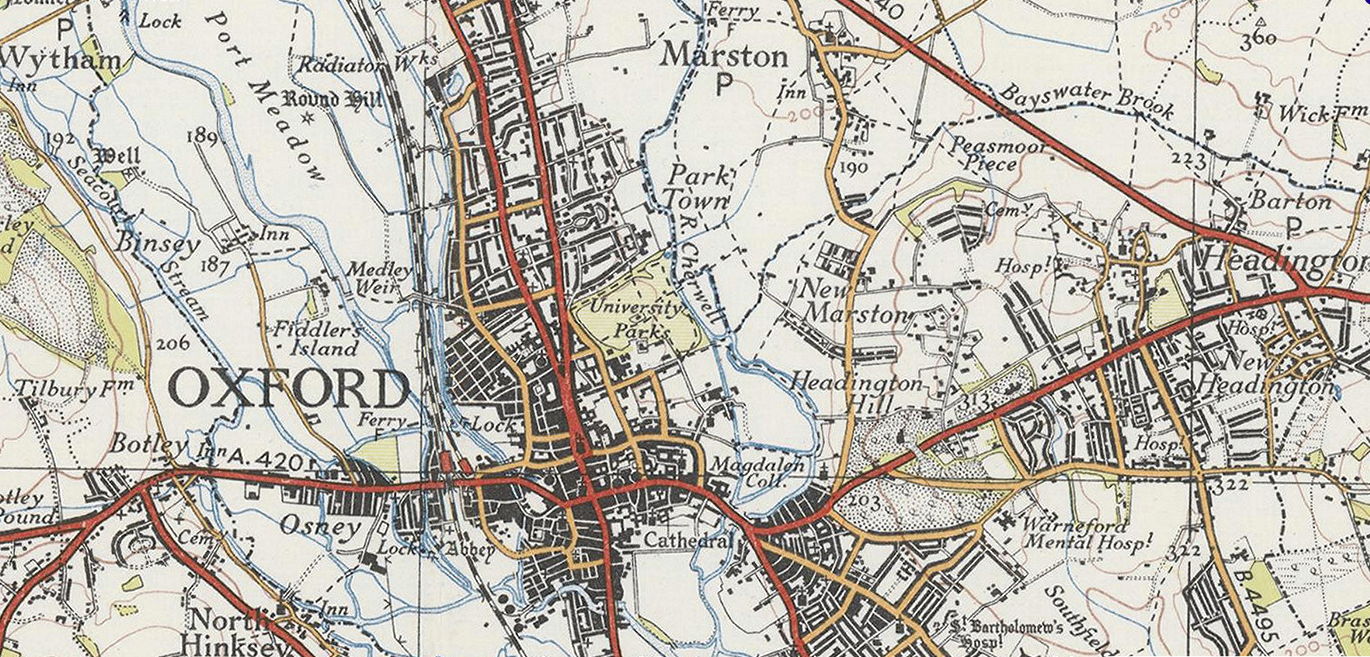Oxford’s hidden A road to get junction safety improvements

The A420 road in Oxfordshire is to get £2.25m of safety improvements – but it’s not what you might think.
Most people know the A420 as the road that runs from the outskirts of Oxford to Swindon. It’s a busy commuter route and predictably susceptible to jams. The BBC have even illustrated their report with a photo of this stretch.
But unannounced by (almost) any road sign, the A420 is also the east-west route through Oxford: London Road in Headington, St Clements, the High (even though it’s closed to cars during the daytime), St Aldates, Oxpens Road, and Botley Road.

It’s this section of the A420, within Oxford, where Oxfordshire County Council is planning to spend the £2.25m – not on the rural road to Swindon. The funding comes from the Department for Transport’s Safer Roads Fund. In a press release, DfT said:
This funding will see significant reductions in fatal and serious injuries, up to as much as a 30.8% reduction on some roads. The government is on the side of drivers and is delivering a wide range of improvements across all roads, through our £24 billion Roads Investment Strategy, our 30-point Plan for Drivers and the biggest ever increase in funding for local road improvements thanks to £8.3 billion of reallocated HS2 funding.
Despite the Government’s motorist-centric rhetoric, the funding in Oxford will mostly go towards pedestrian and cycling improvements.
Several of the recent tragic cycling deaths in Oxford were along the route of the A420. Claudia Comberti died in 2017 in a collision on Botley Road involving a double-decker bus. In September 2021, Jennifer Wong died at the junction of Headley Way and Headington Road. Then in March 2022, Ling Felce died in a collision at the Plain for which lorry driver Robert Whiting was jailed.
OCC told the Oxford Clarion that the scheme is at a “very early stage”, but that the priority will be “improving the safety of the most vulnerable user groups, pedestrians and cyclists, particularly at junctions”. It says measures could include:
• Improved side road junction treatments
• New and wider cycle lanes including solar studs
• Enhanced pedestrian crossings
• Reducing the speed limit on the A420 between A34 and B4044 (Seacourt Tower) junction to 30mph.
• Improved visual priority and traffic calming to benefit cycles and pedestrians throughout the route.
The section near Seacourt Tower which they cite is the short dual carriageway from the Seacourt McDonalds junction to the Botley Interchange with the A34. This is currently a National Speed Limit section (60mph).
Changing a speed limit usually comes in at a low five-figure cost so this is unlikely to make much of a dent in the £2.25m budget. Campaign groups are likely to ask for further speed limit reductions, taking the remaining sections of road to 20mph. At present, Headington Hill and parts of Botley Road remain 30mph. Despite the county-wide 20mph initiative, Oxford City Council chose not to apply for further reductions in the city.
Further to this, OCC simply says “Formal consultation will be undertaken in due course and we will be engaging and working with stakeholders on developing and delivering this scheme.” The Clarion understands that works are likely to be similar to the £1.675m plans for the Banbury and Iffley roads, which are comparatively “light” improvements rather than heavy highway engineering. For example, raised tables – large speed bumps – are to be installed at junctions to slow drivers down.
Any junction redesigns will need to be intended for the Oxford traffic of tomorrow – not today. With the trial traffic filters due to come into effect this autumn, the traffic flows at junctions like the Plain will be significantly different from now.
